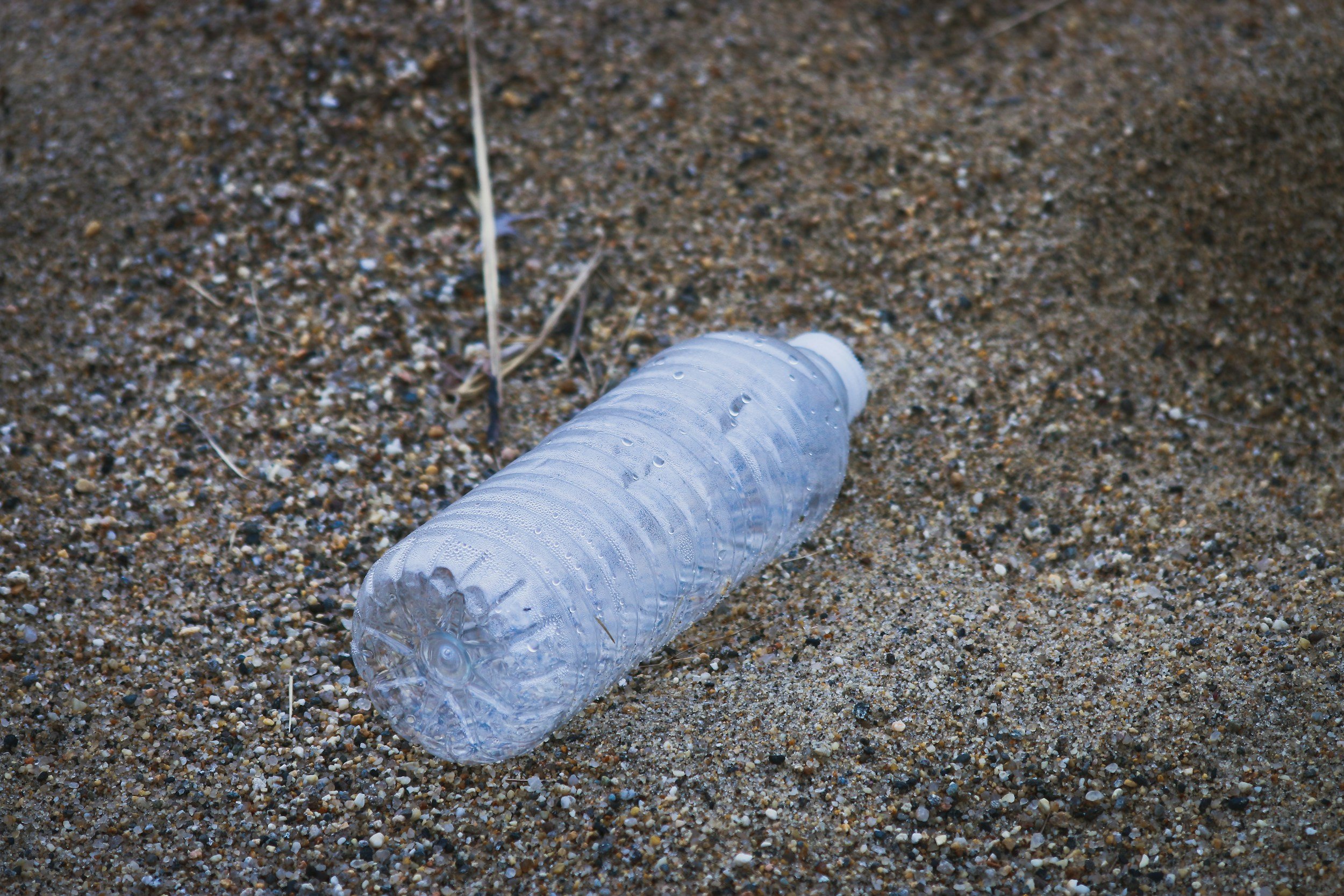What to Eat After a Workout: 8 Do’s and Don’ts
“The best feeling in the world is a hard workout, a shower, and a protein shake.”
-Mirko Cro Cop
You made the time, grinded through, and feel a mix of depleted and awesome. Stage one complete. The second stage begins as soon as that workout stops and this is where the true growth takes place. The 3 main components of recovery are sleeping, nutrition, and movement. Sleep and active recovery bear little explanation, however, nutrition comes laden with confusion, myths, and straight-up lies.
Because there are so many X-factors that affect this vulnerable state of your body there has been a ton of research poured into this area. What you put in your body, when you put it in, and the state of your body when it goes in all have a direct impact on how well that muscle breakdown build-up process happens.
Here are 8 things to take into account for the next time you’re contemplating how to maximize your gains and wondering what to eat after a workout. (Bonus: recovery smoothie recipe included at the end).
What To Eat After A Workout: The Dont’s
Don’t eat antioxidants (immediately) afterward
All exercise is a hormetic stressor. You lift heavy weights or run for miles which produces reactive oxygen species (ROS) and oxidative stress which signals the body to bounce back with beneficial physiological adaptations making your body stronger as a result. This stress —> breakdown —> build-up sequence is called mitohormesis (mitochondria + hormesis) and it’s critical to achieving the results of the workout. Any interference with this process impacts your recovery.
One of the ways you can interfere is by consuming antioxidants. Wait, aren’t antioxidants good for the body? Yes, but just not near a bout of exercise. When you eat antioxidants, you actually limit the signaling process created by the exercise-induced oxidation.
Research shows that antioxidants taken near a workout blunt the effects of the exercise itself. Common antioxidants include vitamin A, C, E, selenium, zinc, carotenoids, and phenolic compounds. These antioxidants are most abundantly found in foods like berries, dark leafy greens, chocolate, beans, and multivitamins. As a rule of thumb, limit foods and supplements that are high in antioxidants until at least 4 hours after the workout.
Don’t worry about the anabolic window
The "anabolic window" is so pervasive that even grandma can tell you that getting protein within a 15-30 minute post-workout window is important for muscle repair and remodeling. But the science isn't nearly as convincing.
A 2013 meta-analysis of 43 studies found that there is no conclusive evidence that taking in carbs and protein after a workout raises muscle protein synthesis (the muscle growth and repair process). Another study titled “Nutrient Timing: A Garage Door of Opportunity?” provides this apt analogy: “If we look at it like baking a cake, the training stimulus and the total daily intake from the cake itself. The timing of nutrient intake is more like the frosting, which requires the foundation of the cake to do its job.”
In fact, waiting a little while after a workout to consume any food might actually be beneficial. It’s known that fasting stimulates endogenous human growth hormone HGH). This study looked at the effect of fasting combined with exercise and found that together they could actually quadruple HGH 30 minutes after exercise. Combining the two may enhance the hormetic stress and improve your body’s ability to adapt. If you want to experiment with this then start with easy workouts and incrementally push that refeed window back.
So while you don’t need to chug protein as soon as you walk out the gym door, there are a few situations where it would be beneficial to get a protein and carbohydrate food source in shortly after the workout, such as:
When you’re going to work out or compete again within the next 6-8 hours
When you’re bulking
When you haven’t eaten for an extended period prior to the workout
In the latter situation, a study showed that you can wait at least an hour, but no longer than 195 minutes, after resistance training until muscle breakdown occurs.
Don’t drink alcohol (immediately) afterward
Just as typically health-promoting nutrients like antioxidants can blunt the effects of a workout, so can alcohol. A 2014 study showed that drinking alcohol after a HIIT session reduced muscle protein synthesis by 37%. The group that had a protein shake before drinking had less of an effect–a 24% reduction.
A systematic review of 16 studies on alcohol and exercise found that there is some good news with drinking after a workout. Turns out that having low-alcohol beers (<4% ABV) may be more effective at rehydration than water. The authors recommended that if you drink beers higher than 4% ABV (and especially if they’re more than 23oz) then pair it with a non-alcoholic option.
Drinking after a workout may also impact your recovery by impacting your sleep. Since alcohol has notoriously negative effects on sleep and sleep is important to muscle recovery, drinking too much alcohol or drinking too close to your bedtime will further impact that sweat session.
So if you are going to drink, time the alcohol to be as far away from a workout but also not within 3 hours of bedtime (morning workout, anyone?). Make sure to have protein before the alcohol and stick to low-ABV drinks.
Related:
Don’t eat crap
The convenience of a protein bar or drink is undeniable. It’s portable, relatively cheap, and now you can buy flavors like birthday cake, cookie dough, and blueberry muffin. Who wouldn’t want one? The issue is that most of the companies that make them are focused on their bottom line and not on your health. To make these bars cheap and palatable, they rely on cheap and synthetic ingredients. The result is that you end up eating tasty bars with great packaging that accelerate your age, disrupt your gut and microbiome, spike your glucose, and leave you with higher levels of estrogen.
Avoid bars that contain soy, sugar alcohols, seed oils, and high fructose corn syrup. Look for a bar with low sugar, high protein, and both recognizable and limited ingredients.
Some of my favorites are IQ Bar, RXBar, Elavi Bars, EPIC Bars, David Bars, and Go Macro Bars.
Don’t overthink it
If you’re weighing your food or timing your smoothie down to the minute, you’re overthinking it. This neuroticism leads to more stress, which ironically impedes the recovery process. This stress increases cortisol levels, promoting hypoglycemia and insulin sensitivity and reducing muscle protein synthesis.
Your body knows what it's doing. Odds are, you are going to adequately adapt to the stress you put on your body without any issues. Your job is to facilitate the natural response of the body and then get out of the way. Hit the low-hanging fruit by eating protein and carbs, drinking water, and doing some basic recovery over the next 24-72 hours and trust the process.
What To Eat After A Workout: The Do’s
Use creatine
The most researched supplement on the market is creatine. It has a host of benefits, including improving muscle gains, muscle strength, lean mass, and recovery from exercise, as I highlighted in a post of my supplement regimen.
One study showed that taking creatine with a carbohydrate drink showed significantly greater recovery from exercise and also showed significantly lower creatine kinase (an enzyme used to detect muscle damage) levels up to 7 days after a workout. Another study supported the results with less muscle damage and improved strength after a workout consisting of squats, jumps, and sprints. And the cherry on top comes from a review of 22 studies on creatine and resistance training which found that using creatine with lifting improves strength by an average of 8% across all studies and a maximum of 26% improvement compared to a placebo (which showed a 12% improvement). The research on whether it is best to take creatine before or after a workout is mixed.
Take 5g of creatine daily. If that’s too tough to remember, at least prioritize it on days you workout at least on days you workout. Mix it into a smoothie you make the night before (recipe below) to have it at the ready for the next day’s workout.
Downregulate your nervous system
There are two subtypes of your autonomic nervous system: the sympathetic nervous system (fight or flight mode) and the parasympathetic nervous system (rest and digest mode). During a workout, you activate your sympathetic nervous system. This adrenaline-fueled state shuttles blood to your muscles and is critical for a good workout. Once the workout is complete, however, it’s important to downregulate your nervous system into a parasympathetic state.
Activating your parasympathetic nervous system releases endorphins, which signal your brain and body that they can relax and begin the recovery process. Blood is diverted away from your muscles and to your digestive system to activate peristalsis (wave-like movements of the intestines) and improve your ability to digest and absorb a post-workout meal.
The best way I’ve found to downregulate after a workout is through a simple breathwork technique. Lay flat on the ground (bonus points if you’re on grass) and take long, slow, deep breaths with extended exhales for 3-5 minutes.
Related:
Prioritize protein
The process of muscle protein synthesis is critical for growing and repairing muscles. Fueling this process with nutritional protein intake improves strength and endurance while also improving recovery.
Protein Tips:
Shoot for a minimum of 0.8g per pound of body weight. This is the minimum effective dose of protein.
The protein absorption ceiling exists, but it’s not a simple 25g in a meal calculation. The individual bioavailability of protein depends on a number of things, including how active you are, how much muscle you have, and your age. Regardless, spread your protein out throughout the day.
It doesn’t matter if you have protein before or after a workout. Research shows they have a similar impact.
Supplement as needed. Make sure to get the vast majority (or all) of your protein through food but if you can’t hit that then consider a safe protein powder (no GMO, fillers, proprietary blends, etc.) like this one. See here for more on supplements.
Takeaway
The workout itself will always be more important than the recovery afterward, however, you wouldn’t play in the dirt after a shower. So don’t treat your body like crap in the time after the sweat begins to dry up. The answer to the common question of what to eat after a workout isn’t as simple as a protein bar but it’s also not as complex as Gym Bros might make you think it is.
Keep the routine after your workout simple and consistent: get into a relaxed state, eat real food with high amounts of protein and 5g of creatine (such as the smoothie recipe below), and avoid alcohol (or at least limit it and push it back as far as possible). Change one thing at a time, gradually add on another, create good habits, and don’t overthink it.
My Post-Workout Smoothie
Add water and ice first then everything else. Blend and enjoy.
Water and ice (add these in first then….)
Creatine monohydrate (5g)
Whey protein powder (30-40g)
(Levels whey protein powder is by far my favorite.)
Nuts (a total handful of raw almonds, Brazil Nuts, and walnuts)
Organic Cacao Nibs (3 tbsp)
Electrolyte drops (1 ml)
See my article here for other great electrolyte options
Organic kefir (1/2 cup)
Bone broth (1/2 cup) OR Collagen peptides (1 scoop)
A dash of organic Ceylon cinnamon
A pinch of sea salt



Active men need more than basic vitamins. See what nutrients matter most for lifters and how to choose a multivitamin that supports strength, energy, and long-term health.